Most Americans Answer These Questions About European Colonization Incorrectly
The vast majority of Americans know that their nation was founded from settlers from other lands, but few know the details of these and other settlers who colonized both North and South America.
In fact, most Americans won’t be able to answer these questions about European colonization correctly!
1. Which of the following European countries did NOT participate in the colonization of the Americas?
- A) Lithuania
- B) The Netherlands
- C) Sweden
- D) Russia
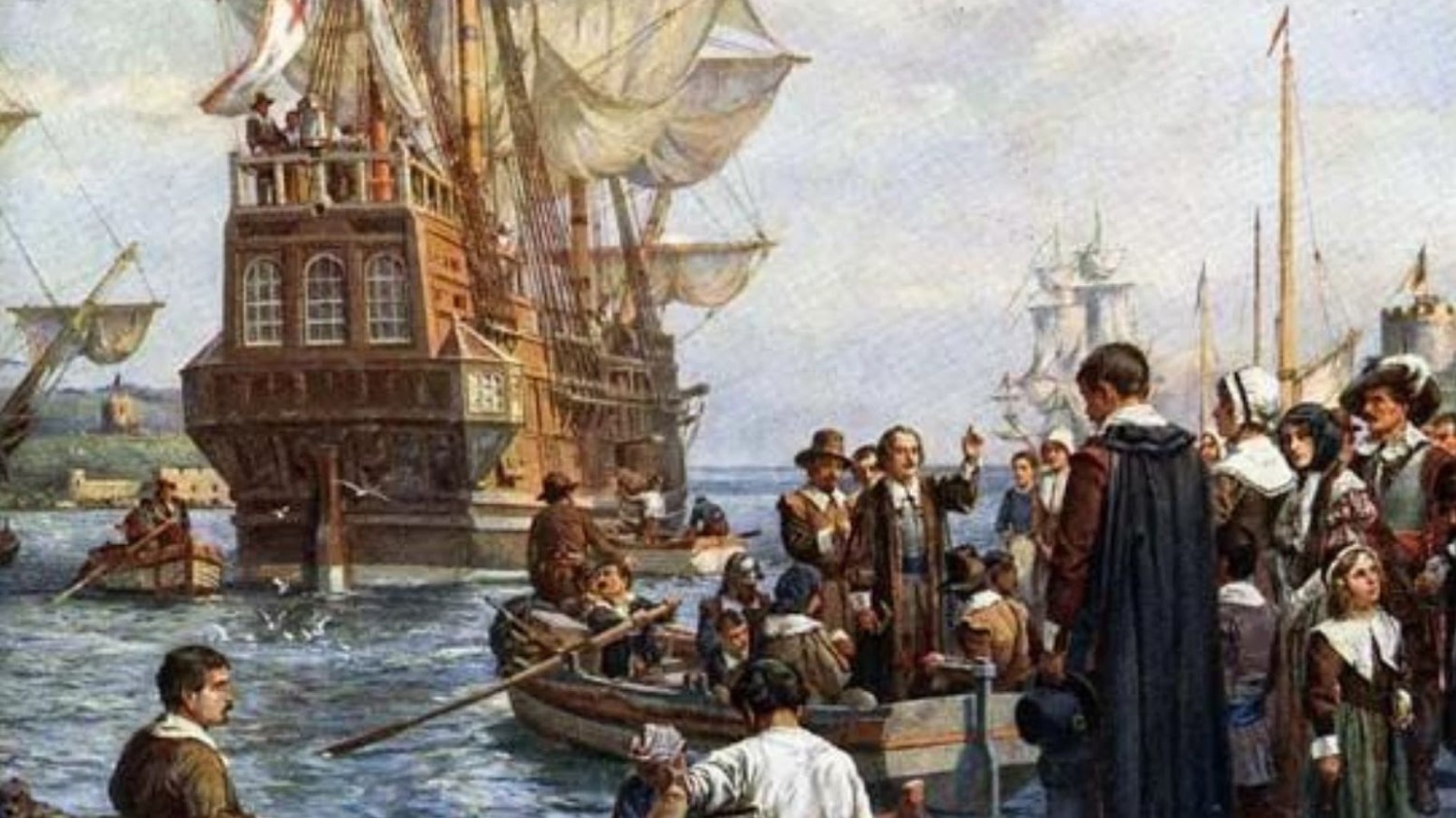
Source: Britannica
Answer:
Lithuania
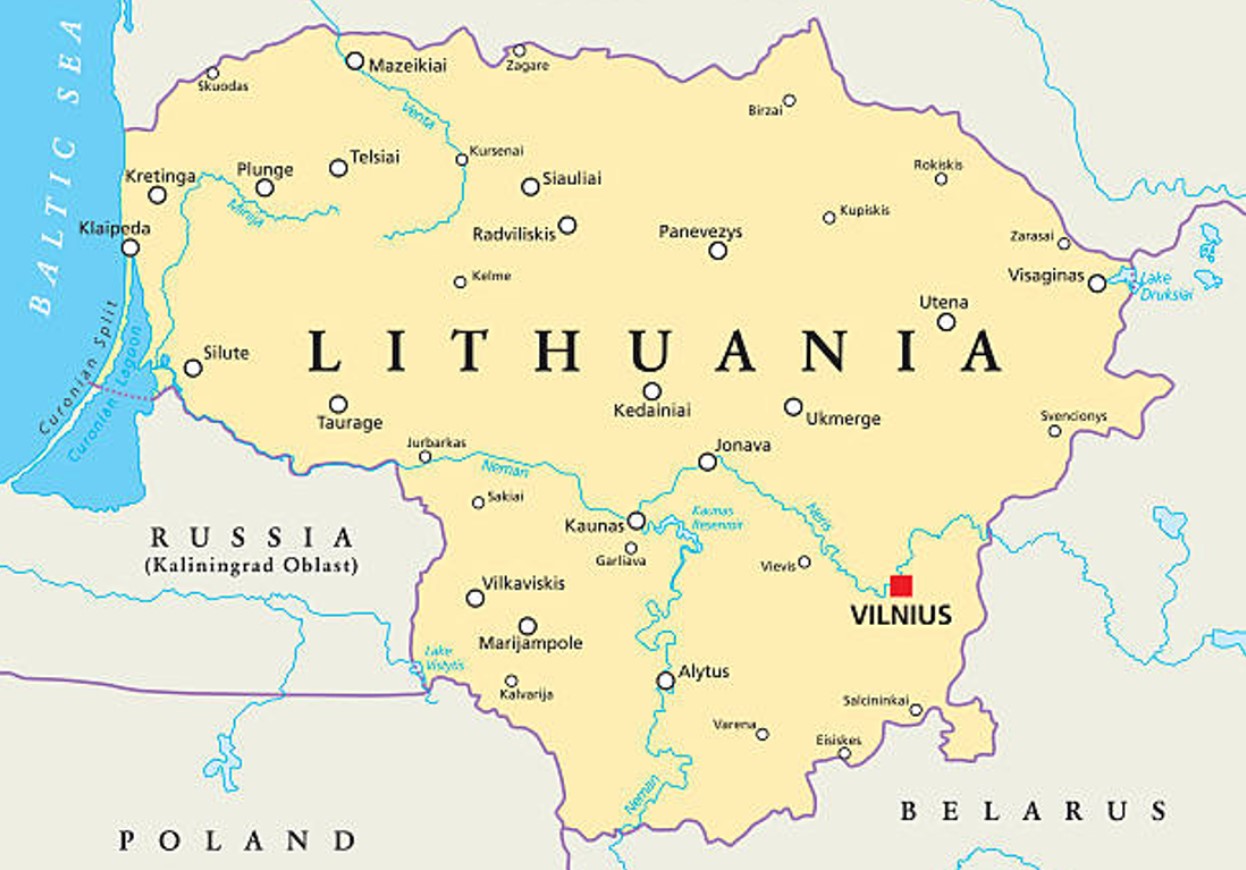
Source: iStock
2. Which European country established the first permanent North American settlement in 1607?
- A) France
- B) England
- C) Spain
- D) None of the Above
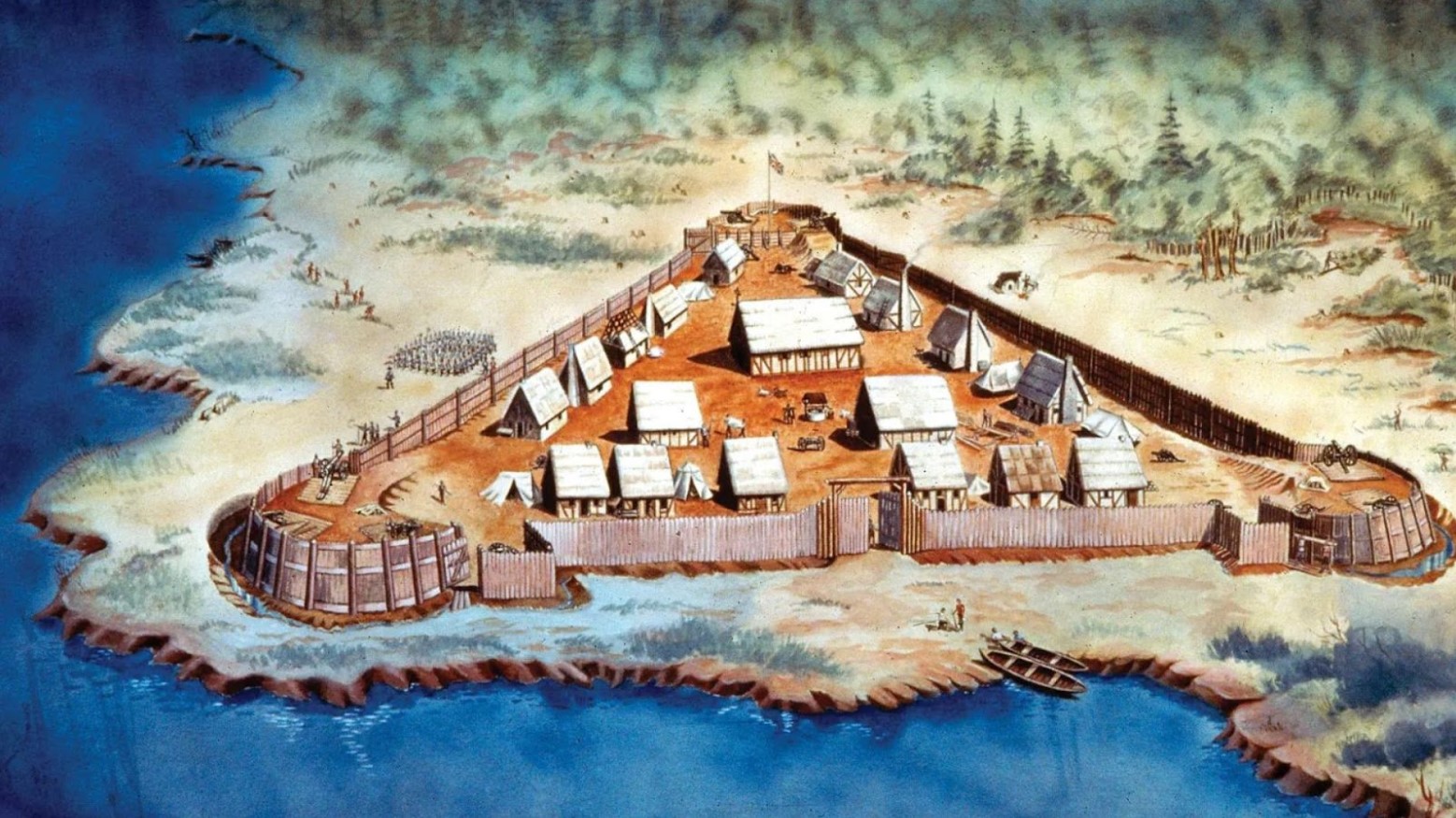
Source: Britannica
Answer:
England
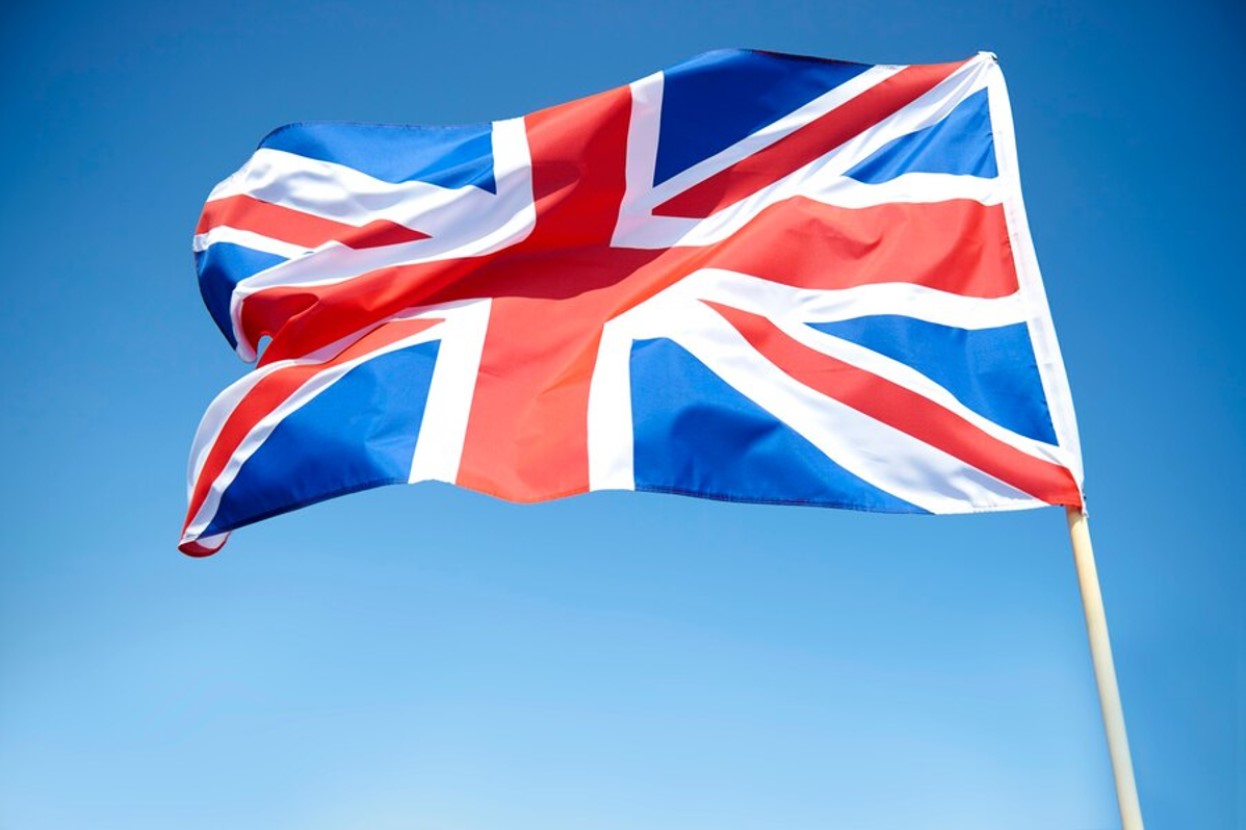
Source: Freepik
3. Which king and queen funded Christopher Columbus’ voyage to the New World?
- A) King Henry VI and Queen Isabella
- B) King Robert and Queen Elizabeth
- C) King Henry VI and Queen Margaret
- D) King Ferdinand and Queen Isabella
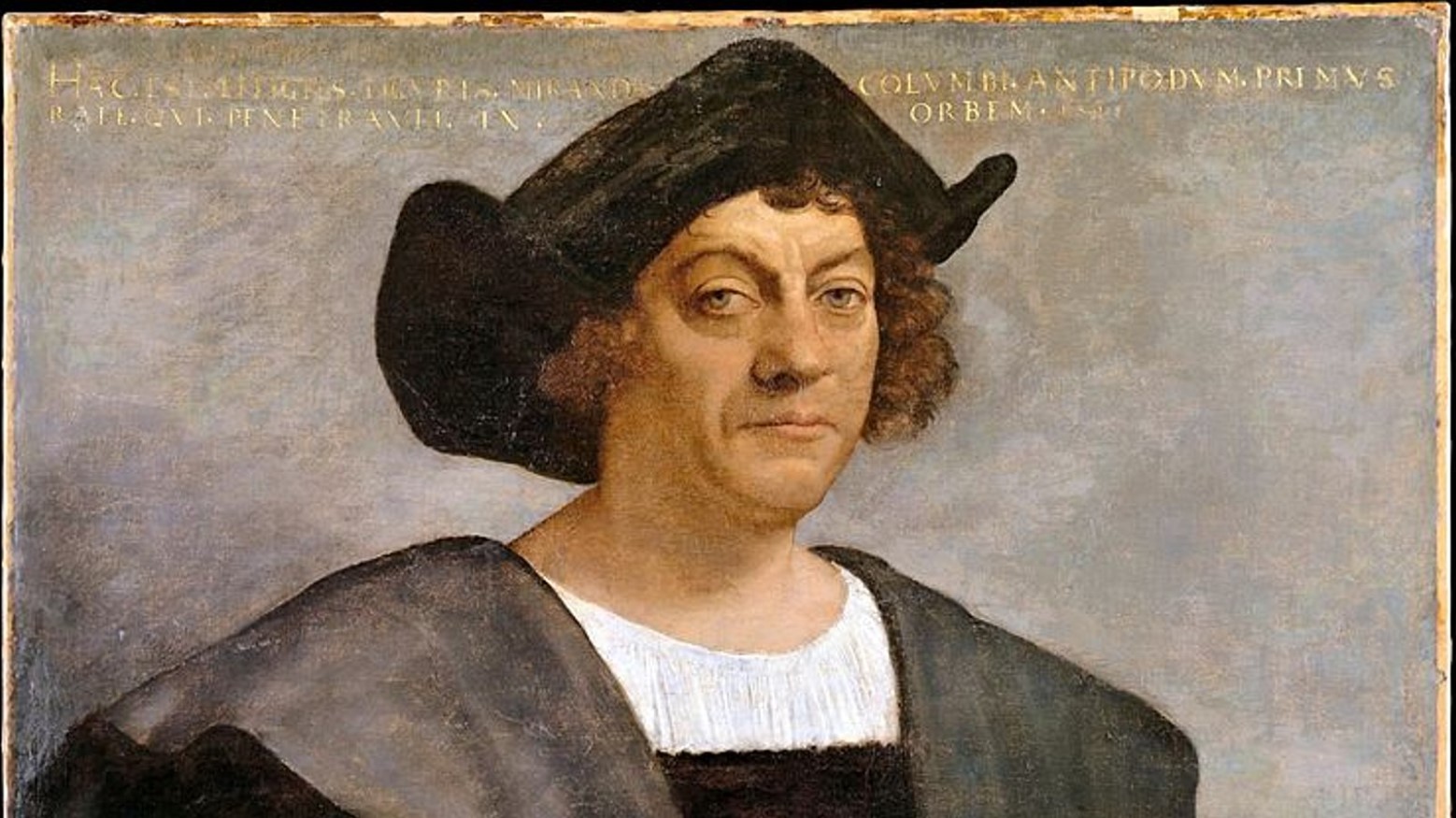
Source: World History Encyclopedia
Answer:
King Ferdinand and Queen Isabella
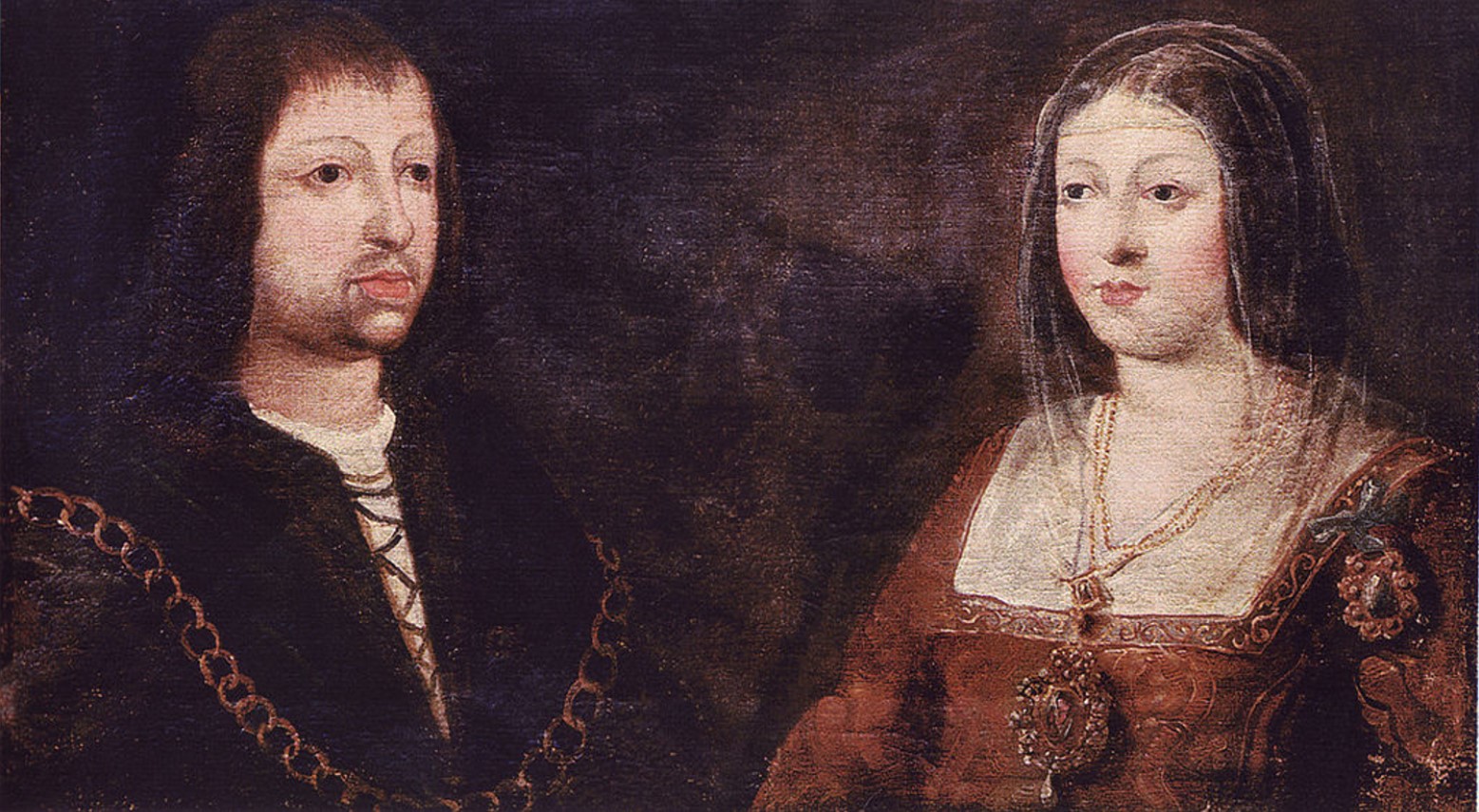
Source: Wikipedia
4. What is the name for the sharing of new disease, minerals, plants, and animals between the old and new world as a result of Columbus' voyage?
- A) Northwest Passage
- B) Two-Way Exchange
- C) Columbian Exchange
- D) Columbian Passage
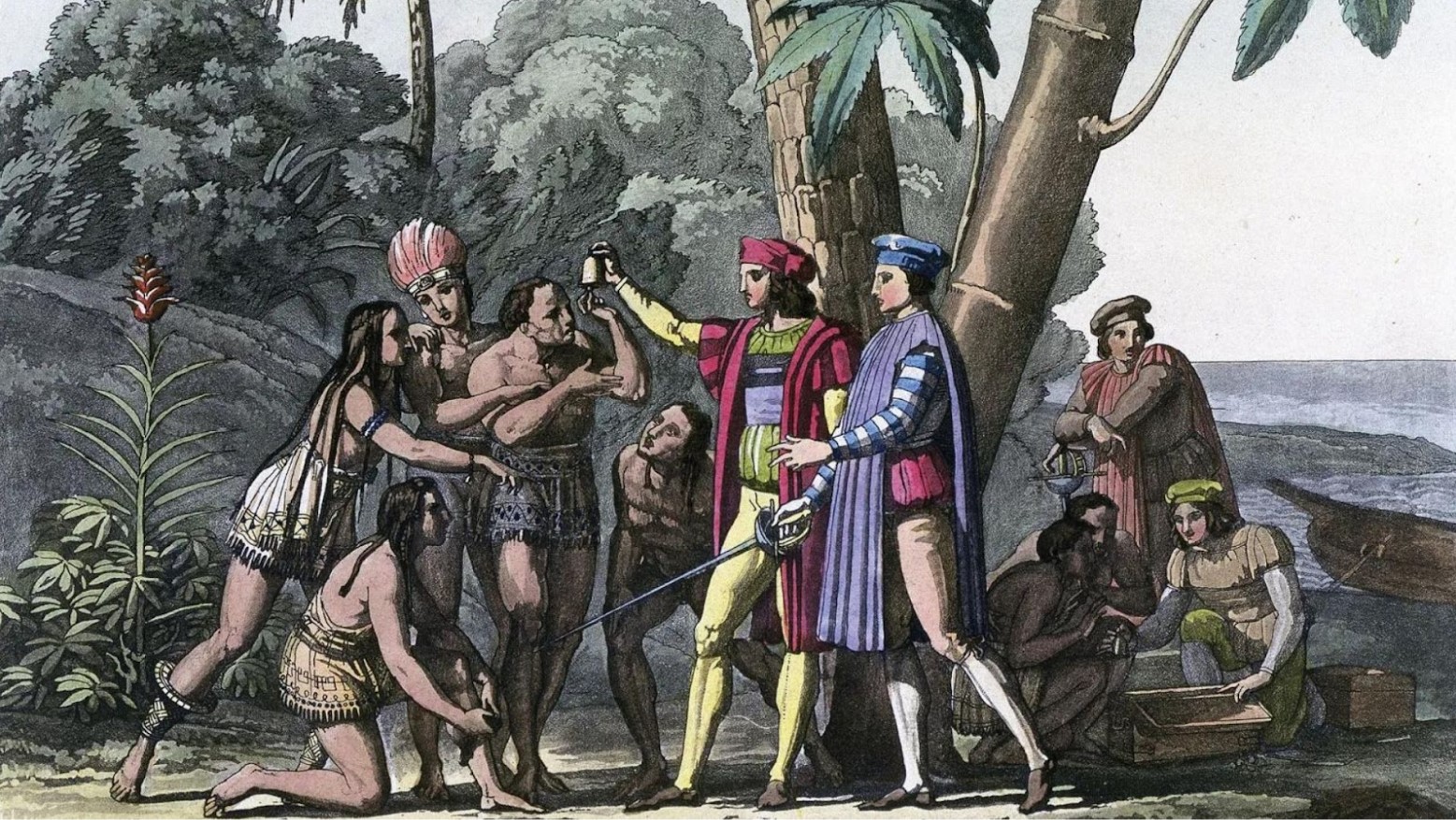
Source: Britannica
Answer:
Columbian Exchange
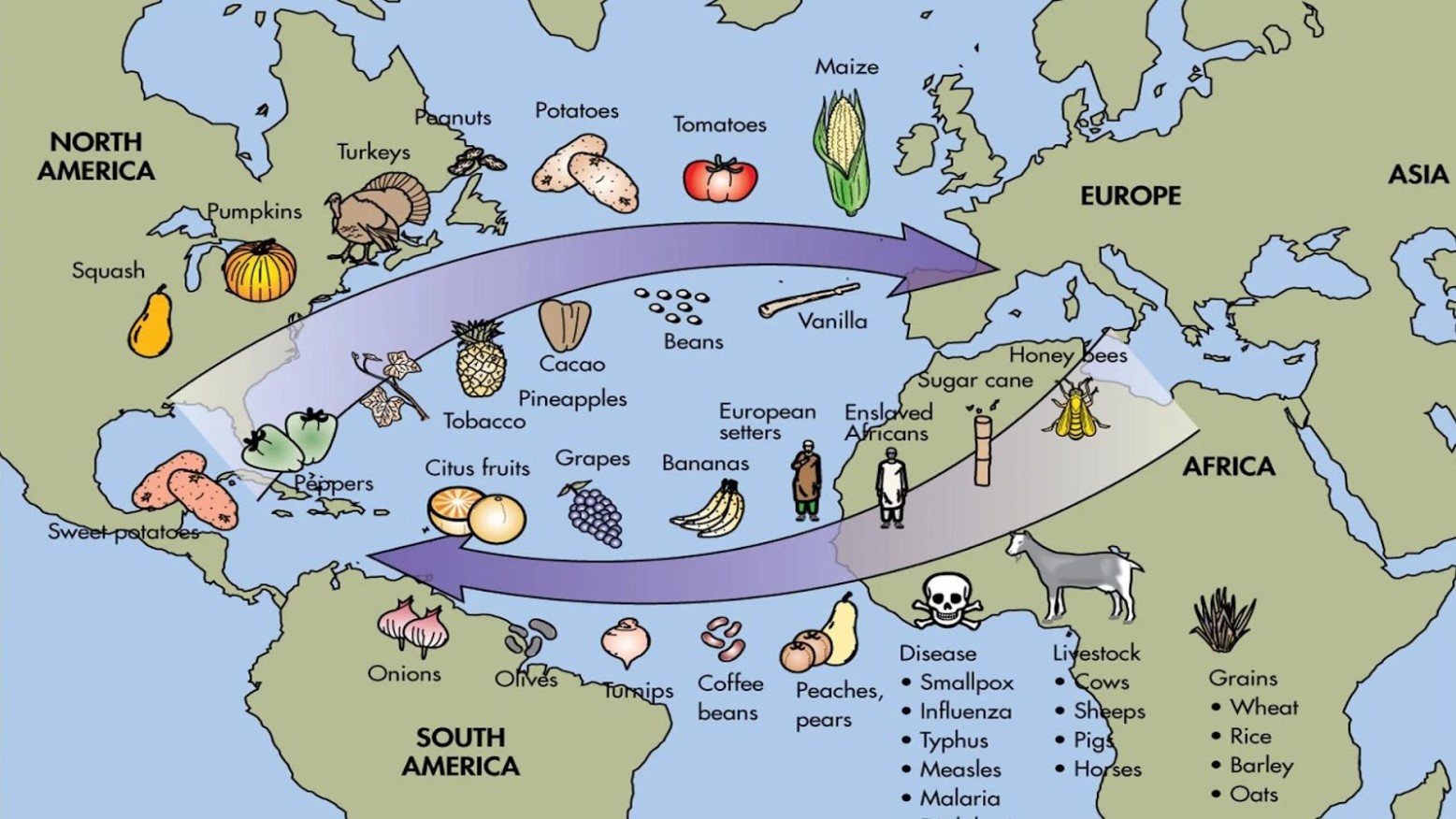
Source: Reddit
5. When did the Spanish begin forming their first colony on the Caribbean island of Hispaniola?
- A) 1493
- B) 1501
- C) 1594
- D) 1607

Source: World Atlas
Answer:
1493
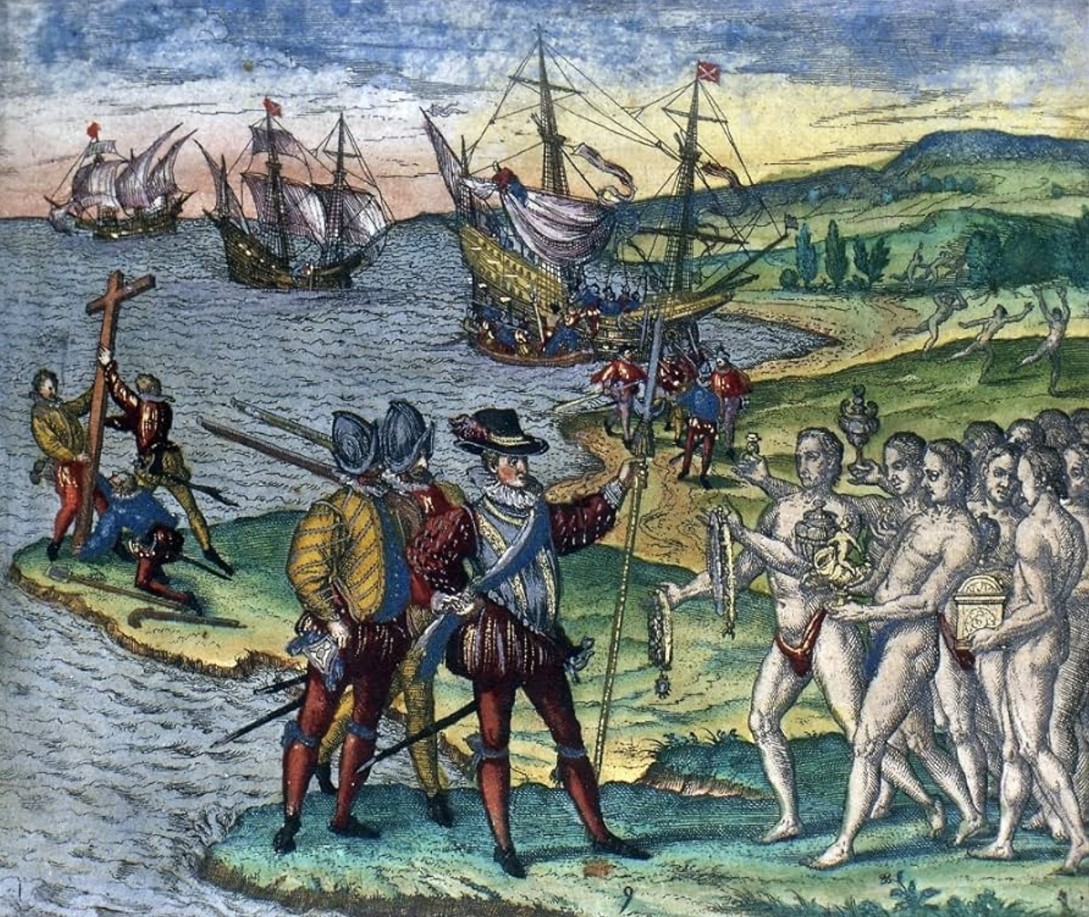
Source: Amazon
6. What was Canada called when it was a colony?
- A) New Amsterdam
- B) Northern Americas
- C) New France
- D) Canada
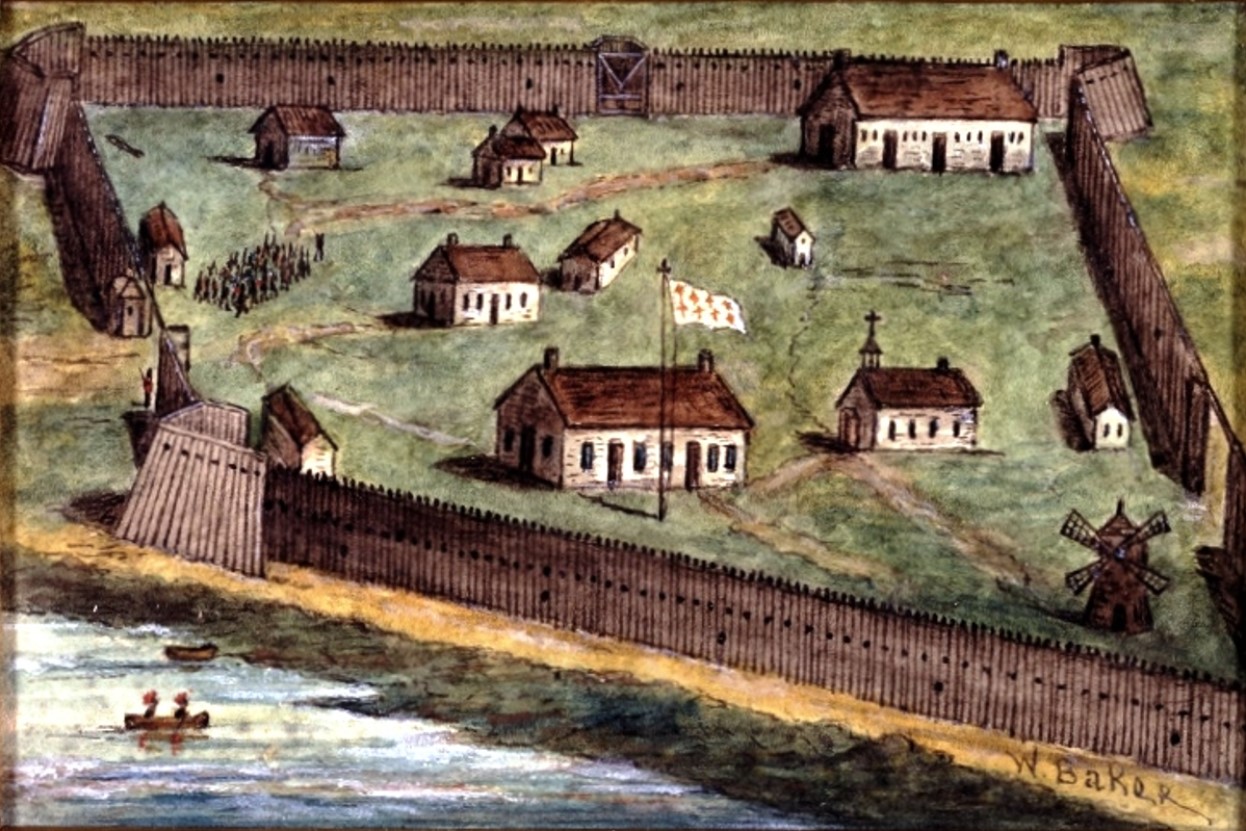
Source: Wikipedia
Answer:
New France
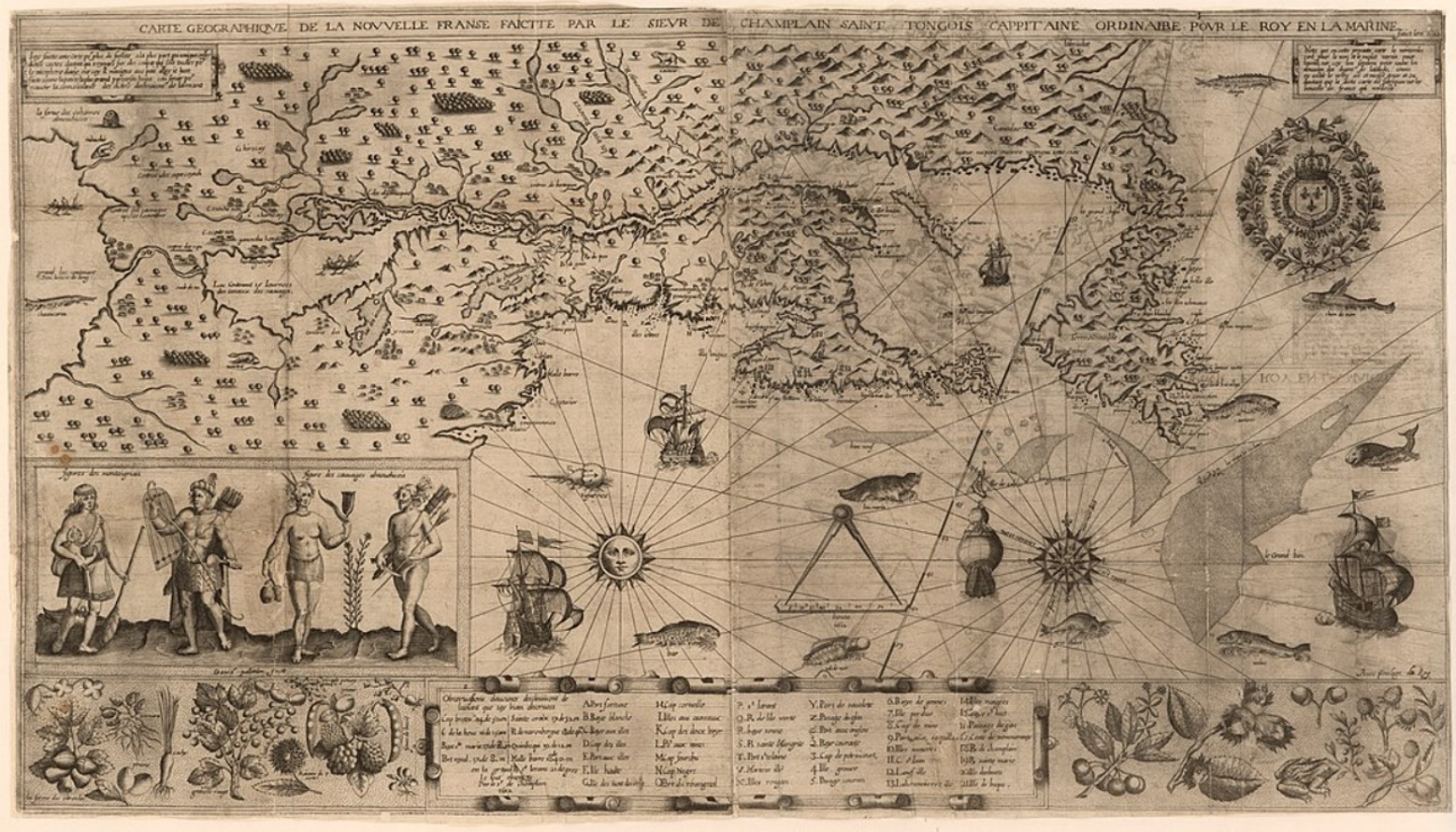
Source: Wikipedia
7. Which of the following statements regarding the relationship between settlers and native people is most accurate…
- A) European settlers killed every native person they met after landing in the Americas
- B) European settlers and the native people of the Americas traded and worked together in some colonies, but in others, the settlers enslaved and often killed the natives of that area and took their land by force
- C) European settlers tried to share the land, but the people native to the Americas started violently attacking the settlers once they stepped off their boats
- D) European settlers and the native people of the Americas had no contact
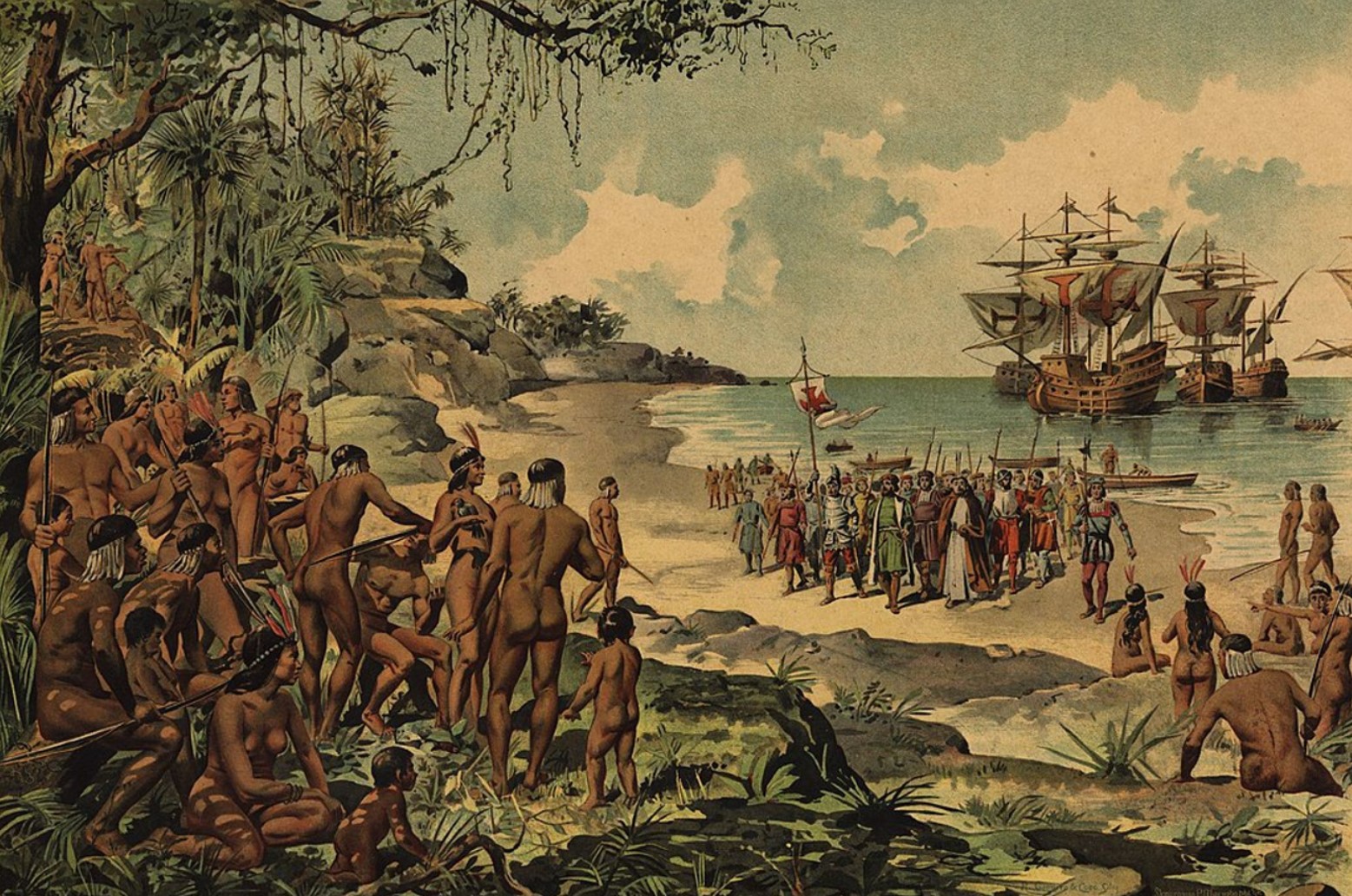
Source: Wikipedia
Answer:
European settlers and the native people of the Americas traded and worked together in some colonies, but in others, the settlers enslaved and often killed the natives of that area and took their land by force
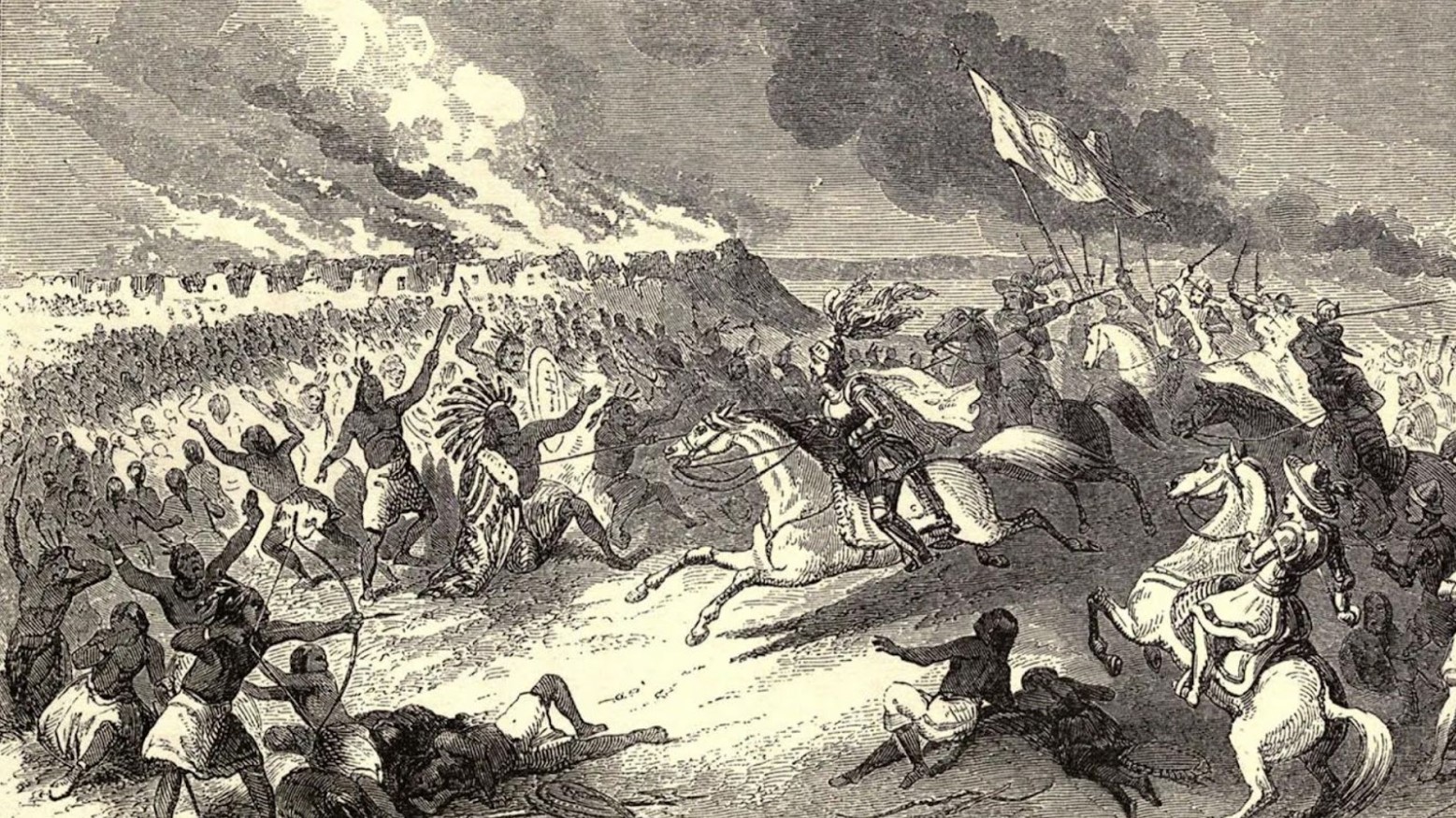
Source: Britannica
8. What was Spain’s main goal when colonizing the Americas?
- A) To convert all those living there to Catholicism
- B) To learn more about the New World
- C) To extract gold and silver and improve Spain’s economy
- D) Spain never successfully colonized in the Americas
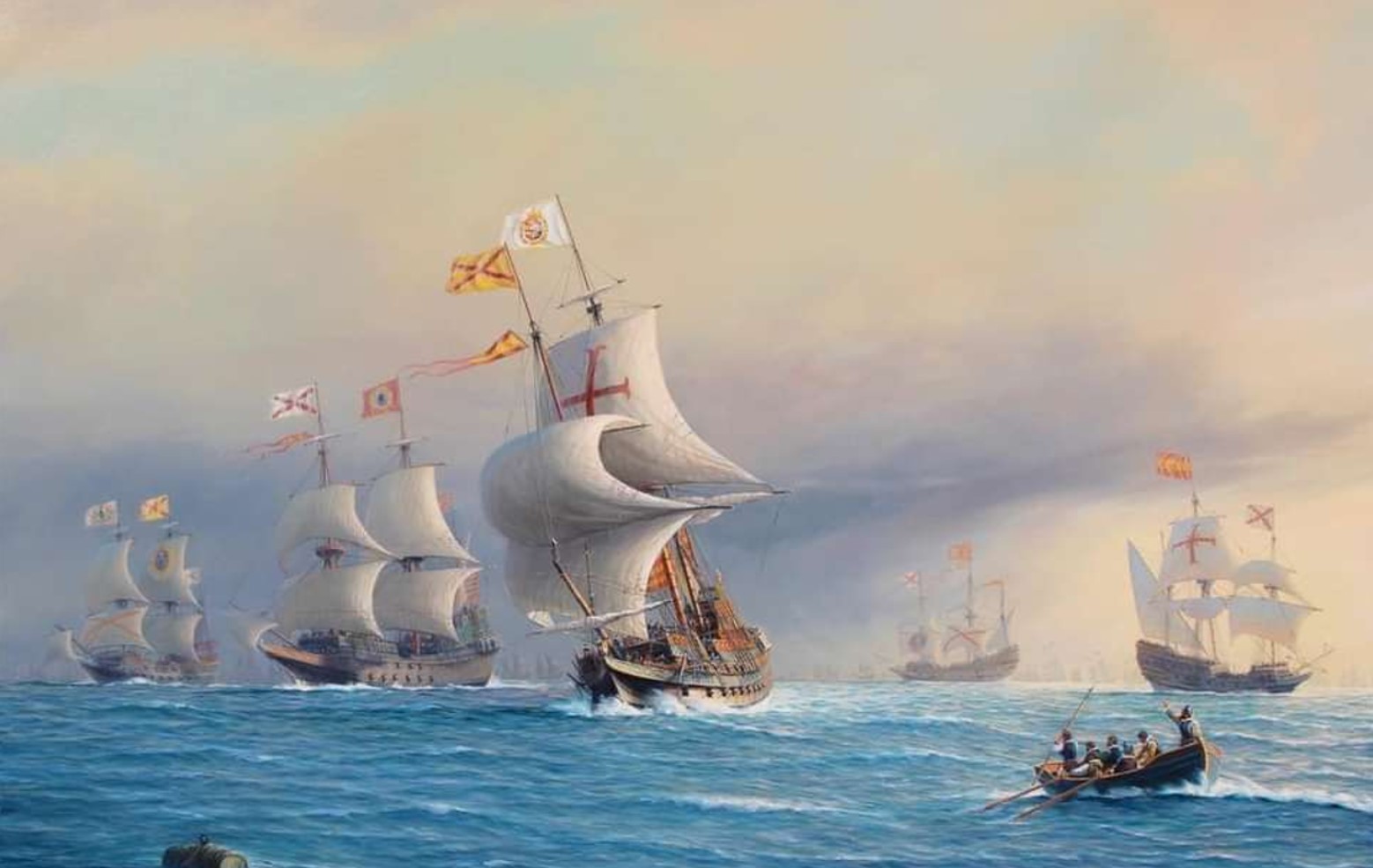
Source: @QuidlyandCo/Facebook
Answer:
To extract gold and silver and improve Spain’s economy
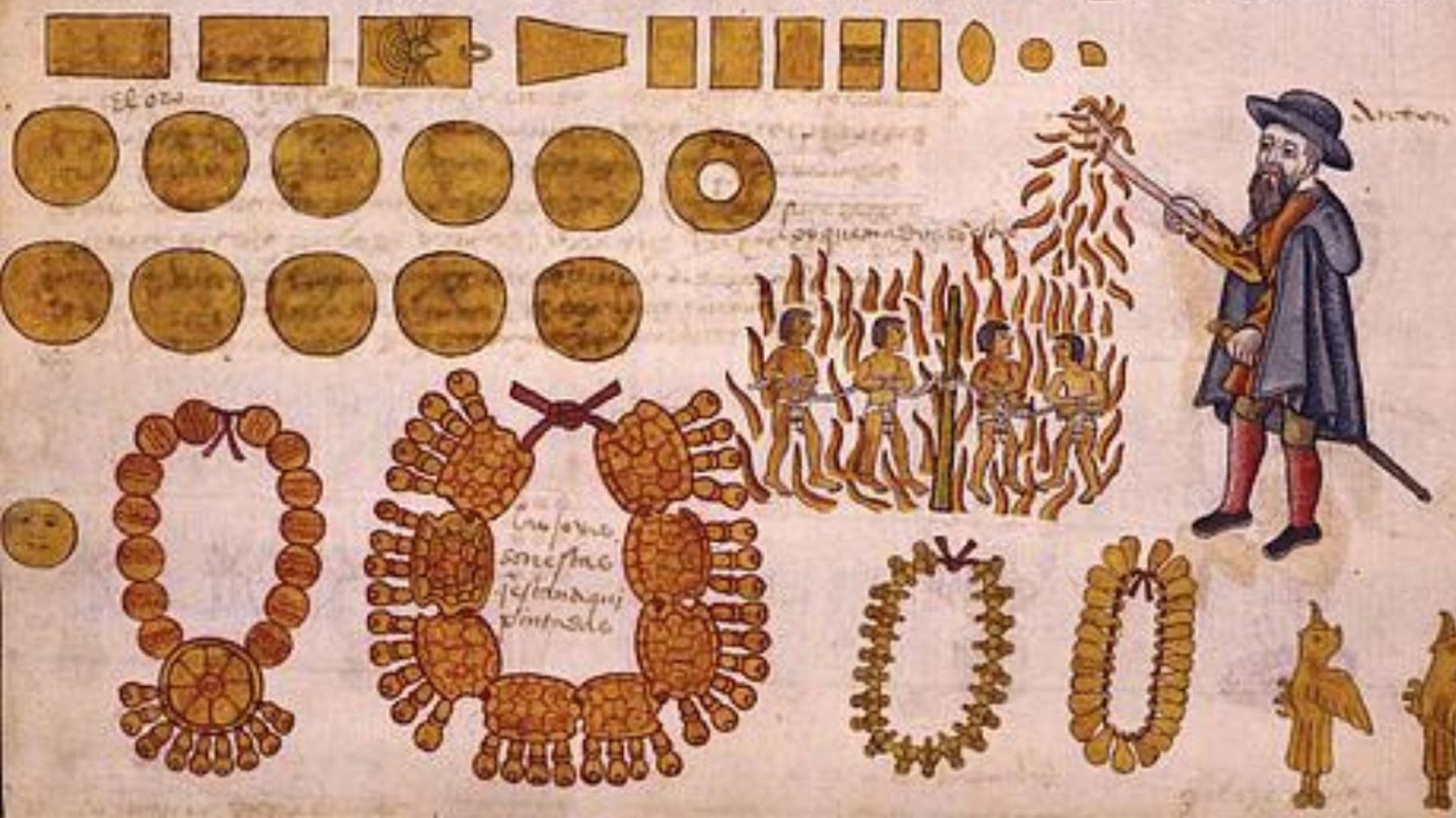
Source: World History Encyclopedia
9. How many people do scholars believe lived on the continent of South America before the colonizers arrived?
- A) Less Than 1 Million
- B) 5 Million
- C) 10-20 Million
- D) More Than 50 Million
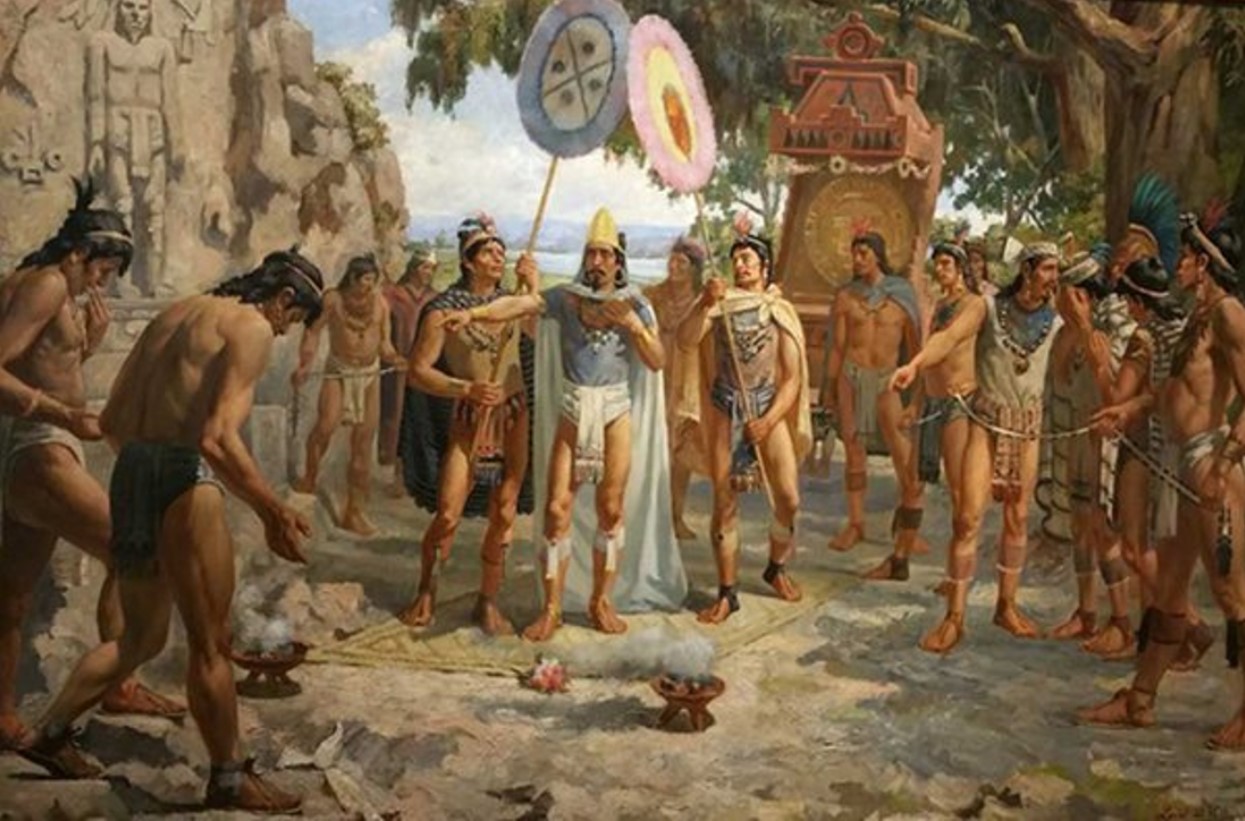
Source: Quora
Answer:
More Than 50 Million
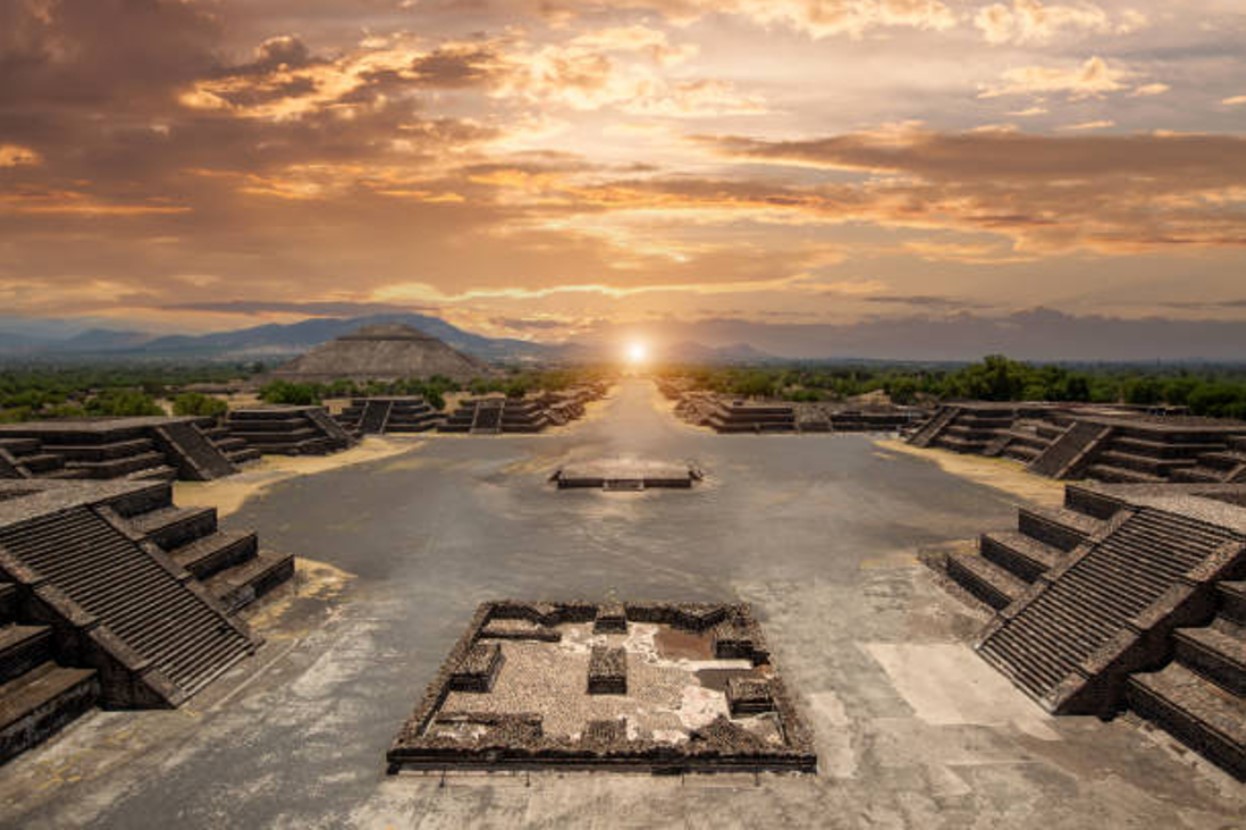
Source: iStock
10. How many colonies broke away from their motherland in Europe and formed the nation of the United States?
- A) 9
- B) 11
- C) 13
- D) 15
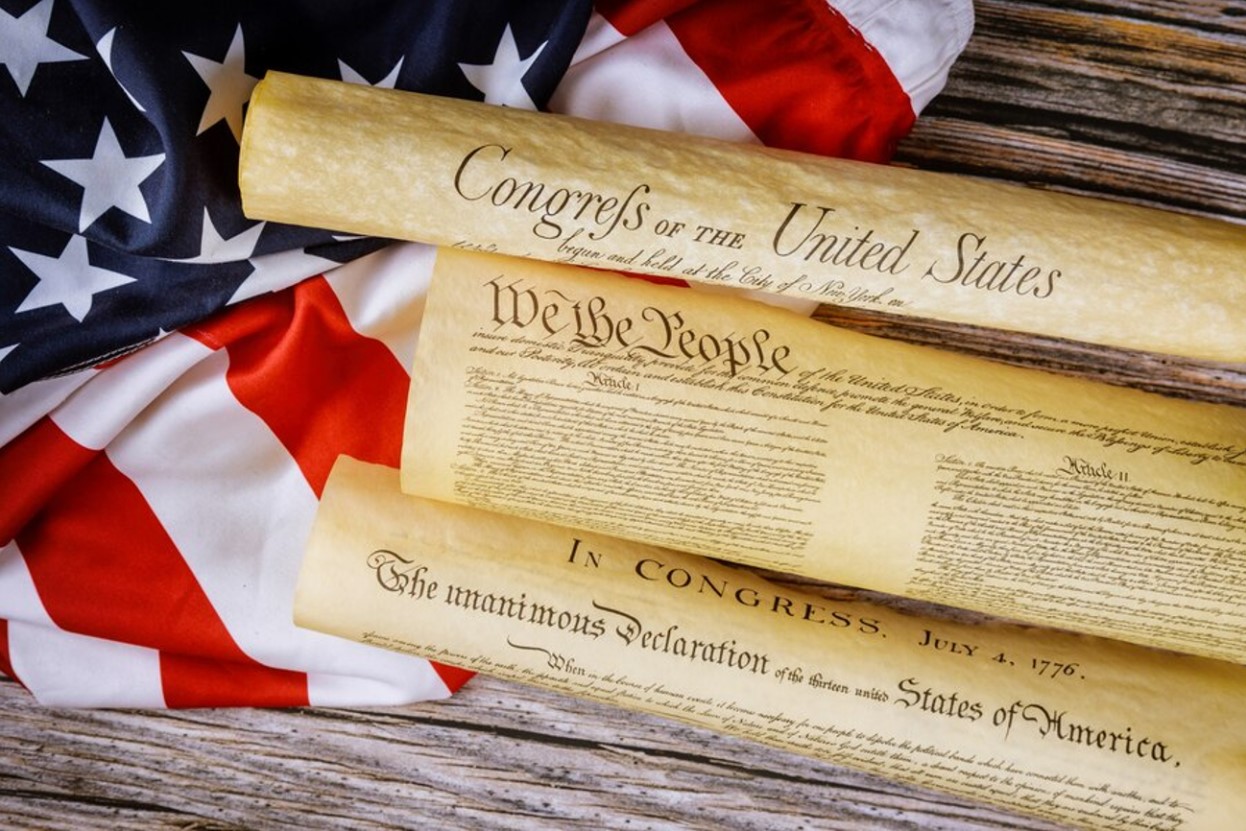
Source: Freepik
Answer:
13
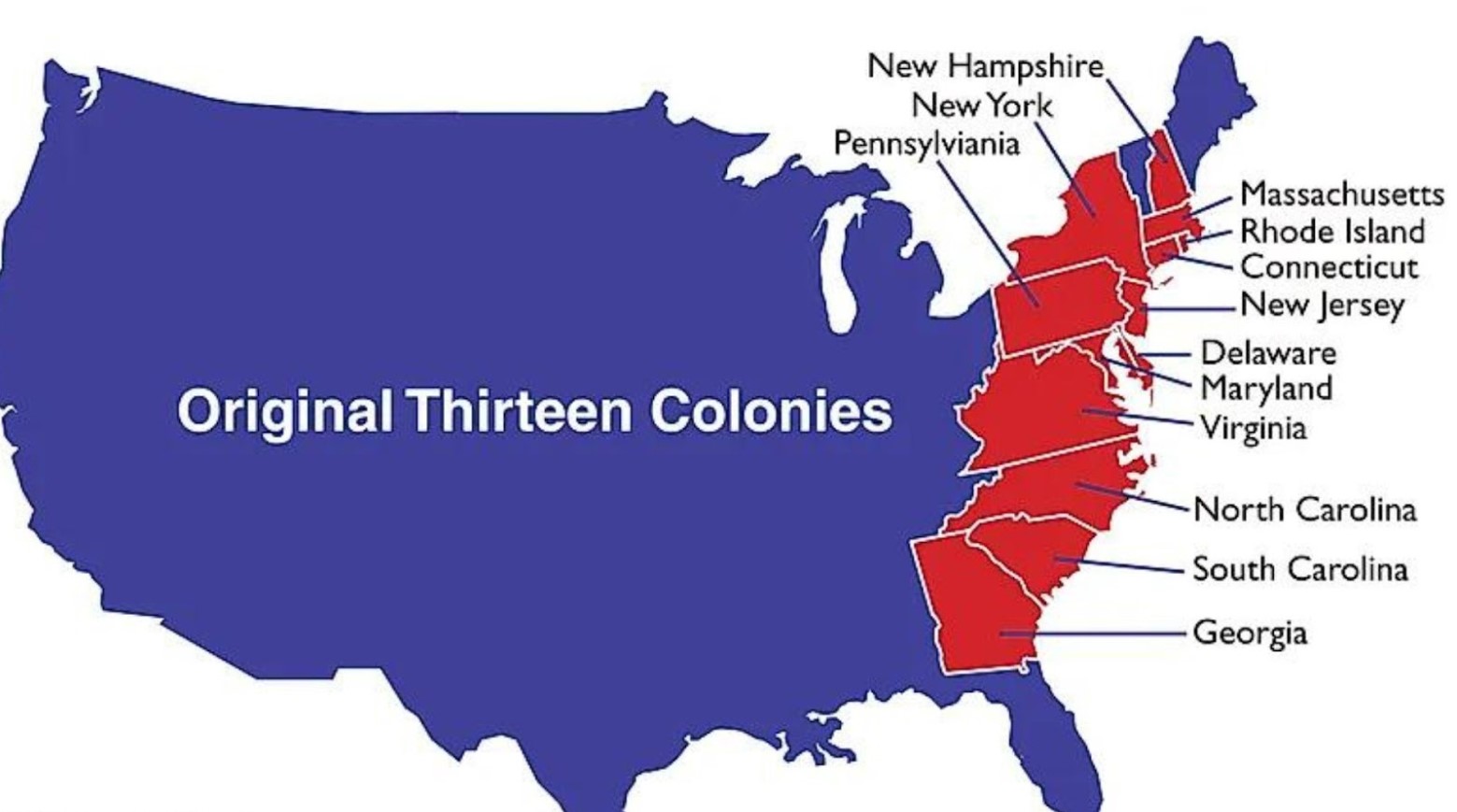
Source: World Atlas
11. What disease took more settlers’ lives than any other?
- A) Measles
- B) Smallpox
- C) Malaria
- D) Dysentery
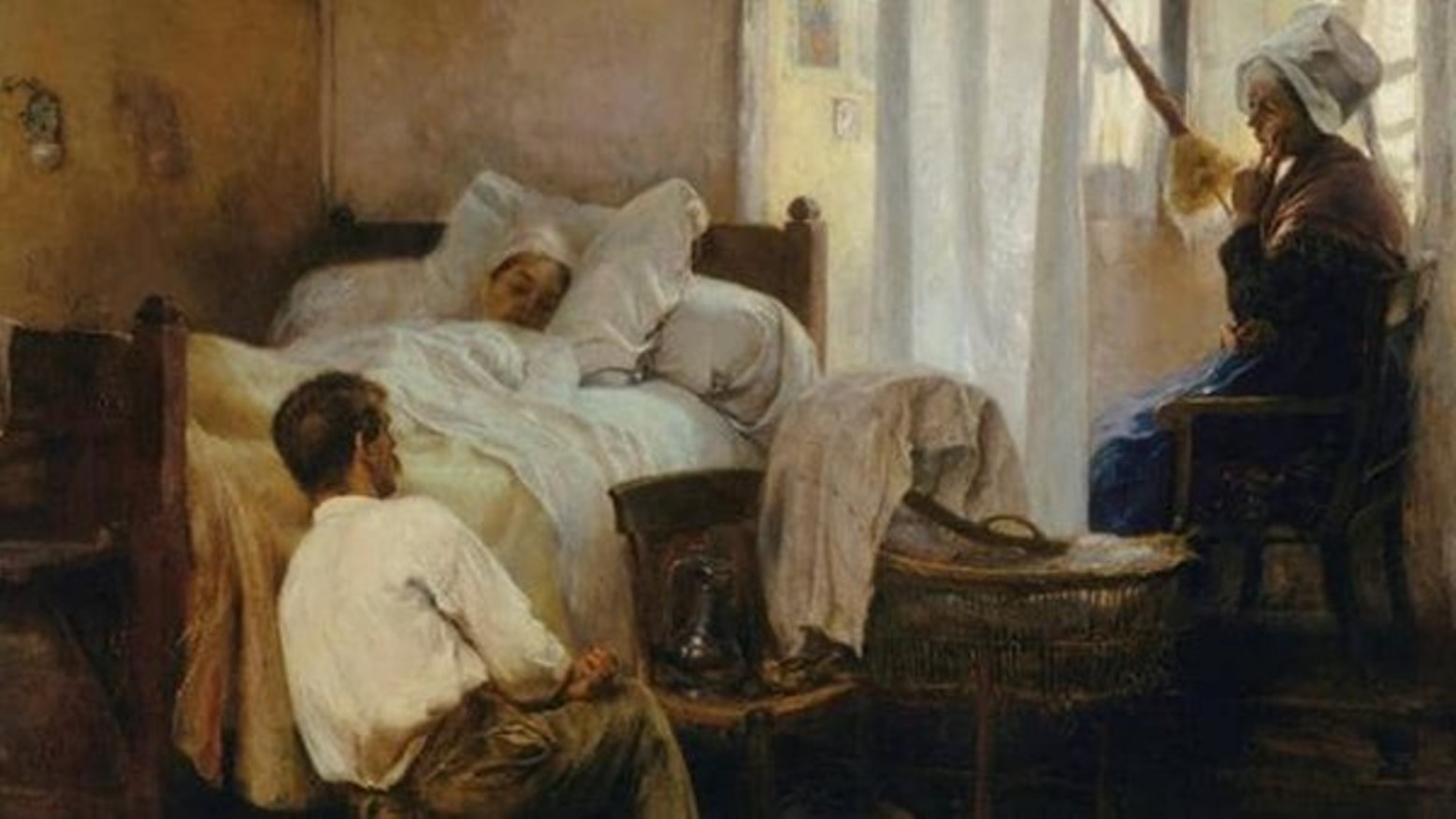
Source: Quora
Answer:
Malaria
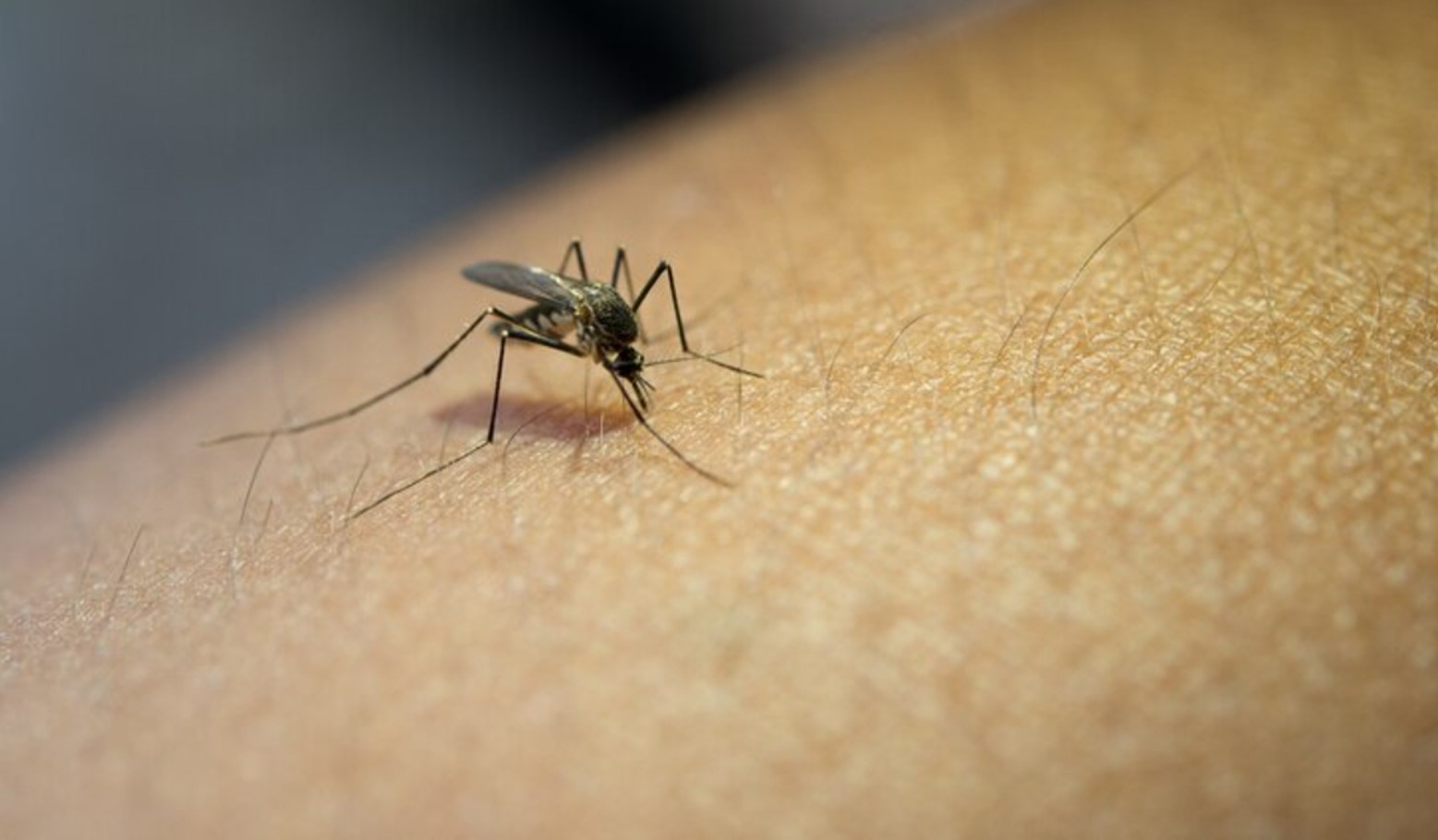
Source: Freepik
12. While many argue that the Spanish were the first to settle the Americas, it was actually the _____ nearly 500 years before
- A) Vikings
- B) Romans
- C) Greeks
- D) English

Source: Freepik
Answer:
Vikings
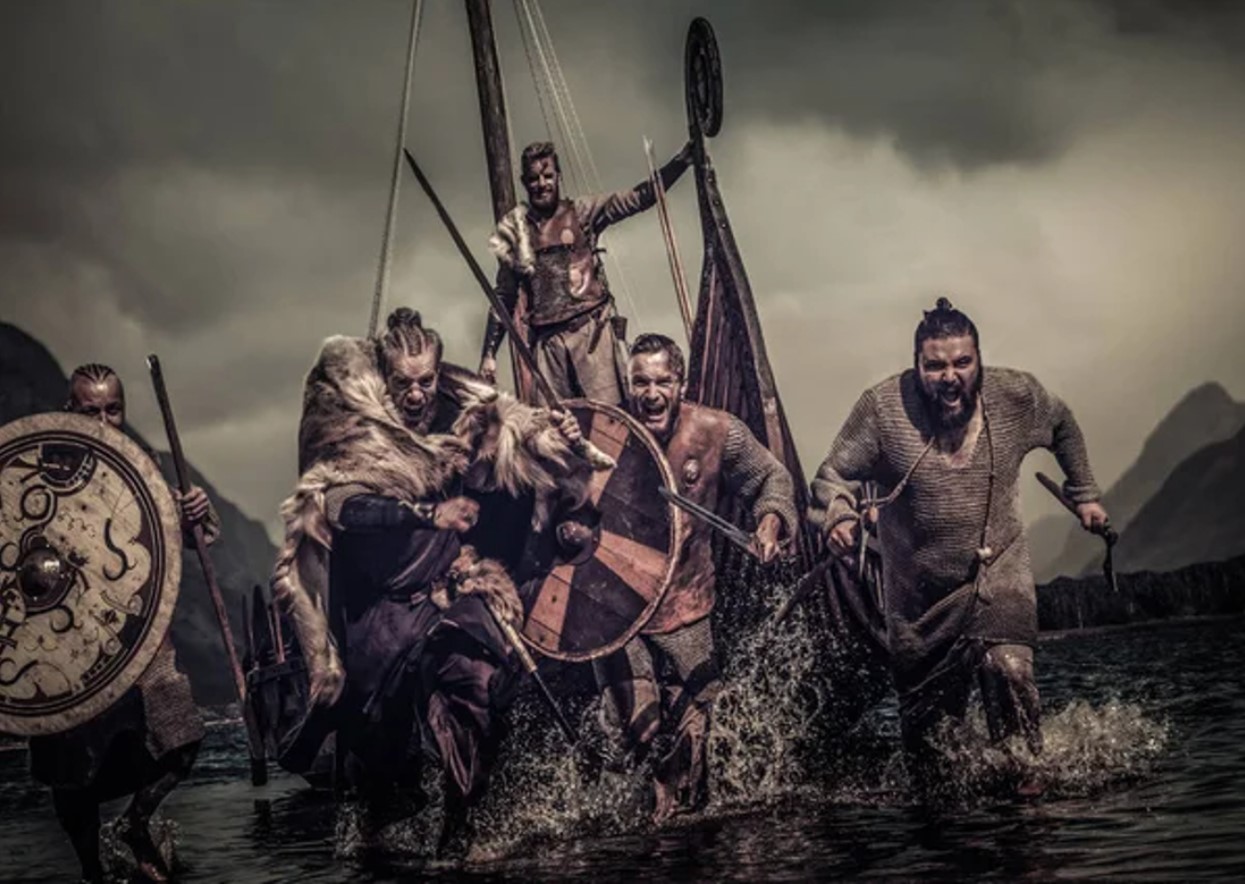
Source: Depositphotos
13. What was Columbus looking for when he found the Caribbean island of Hispaniola?
- A) Any kind of new world, he didn’t know what he was looking for
- B) Gold and silver
- C) A slave population for Italy
- D) A new route to India, China, and Japan
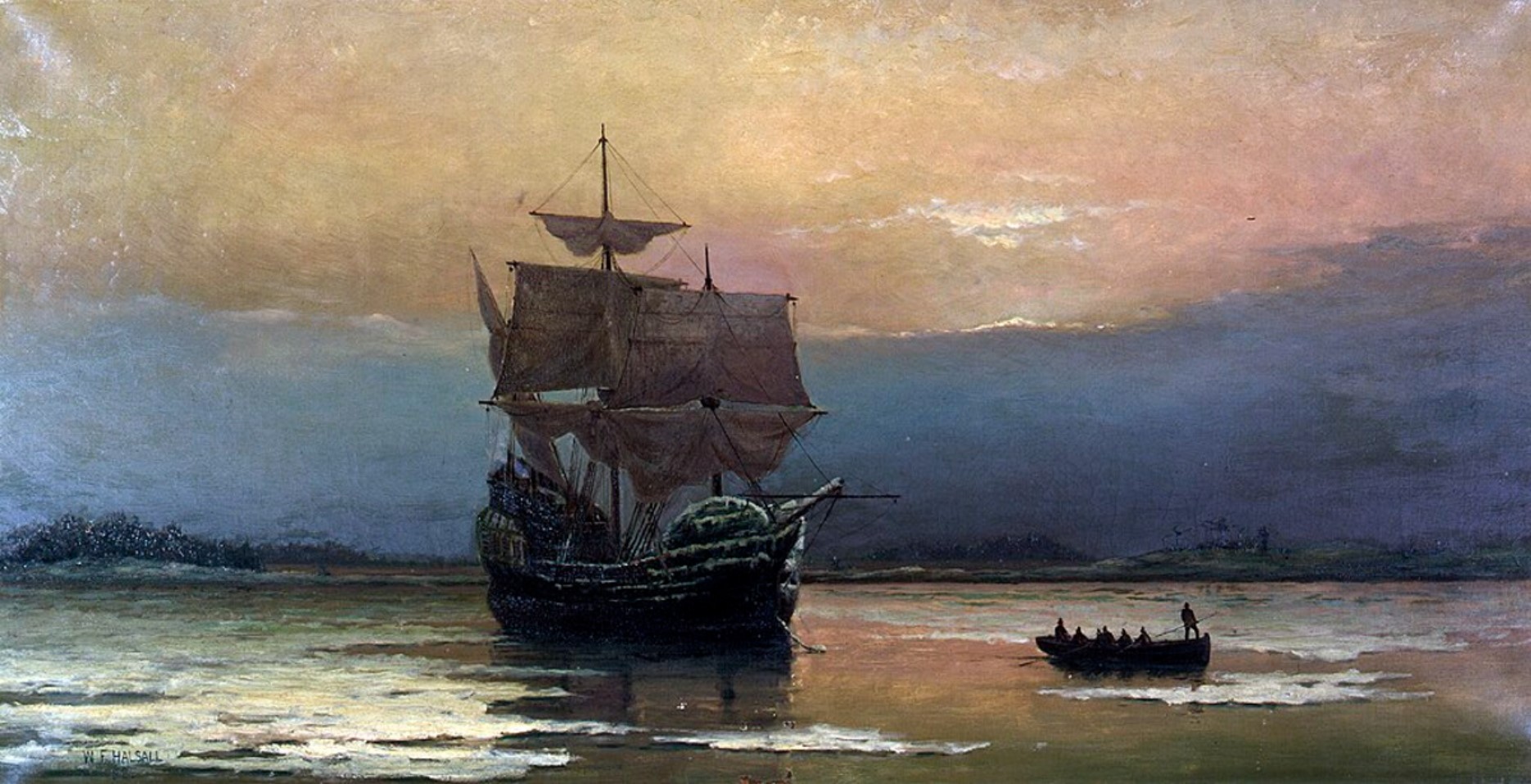
Source: Wikipedia
Answer:
A new route to India, China, and Japan
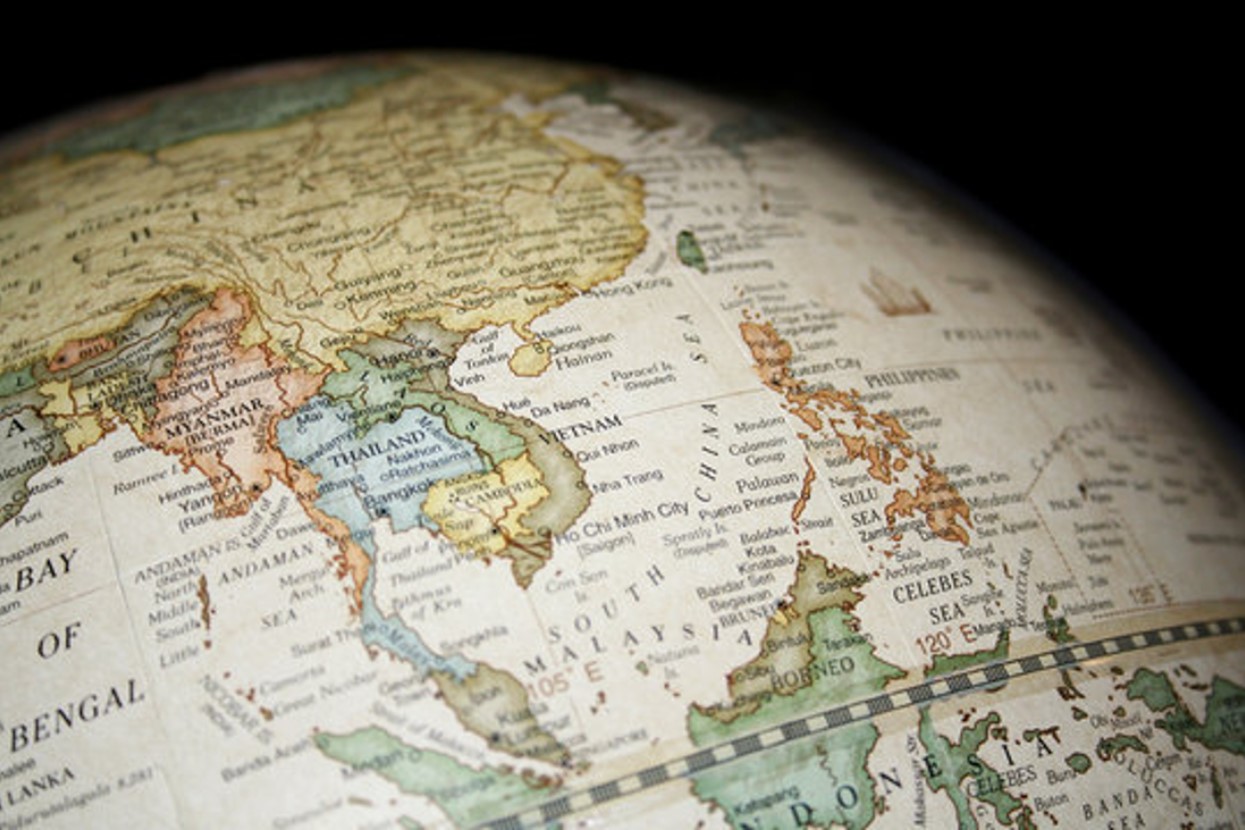
Source: Adobe Stock
14. Canada gained the right to self-government in 1867, but when did it gain full legal autonomy?
- A) 1891
- B) 1901
- C) 1931
- D) 1945
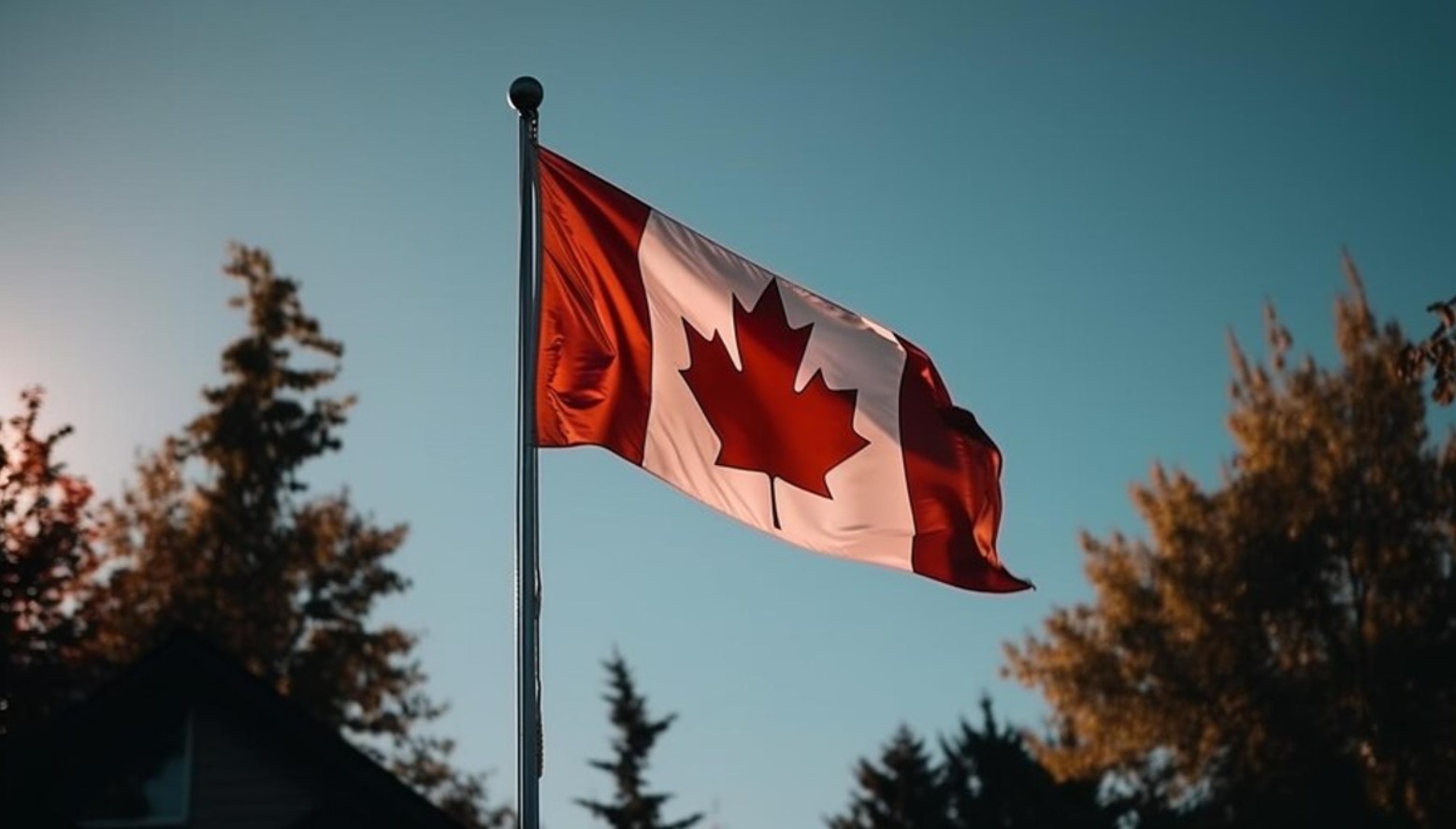
Source: Freepik
Answer:
1931
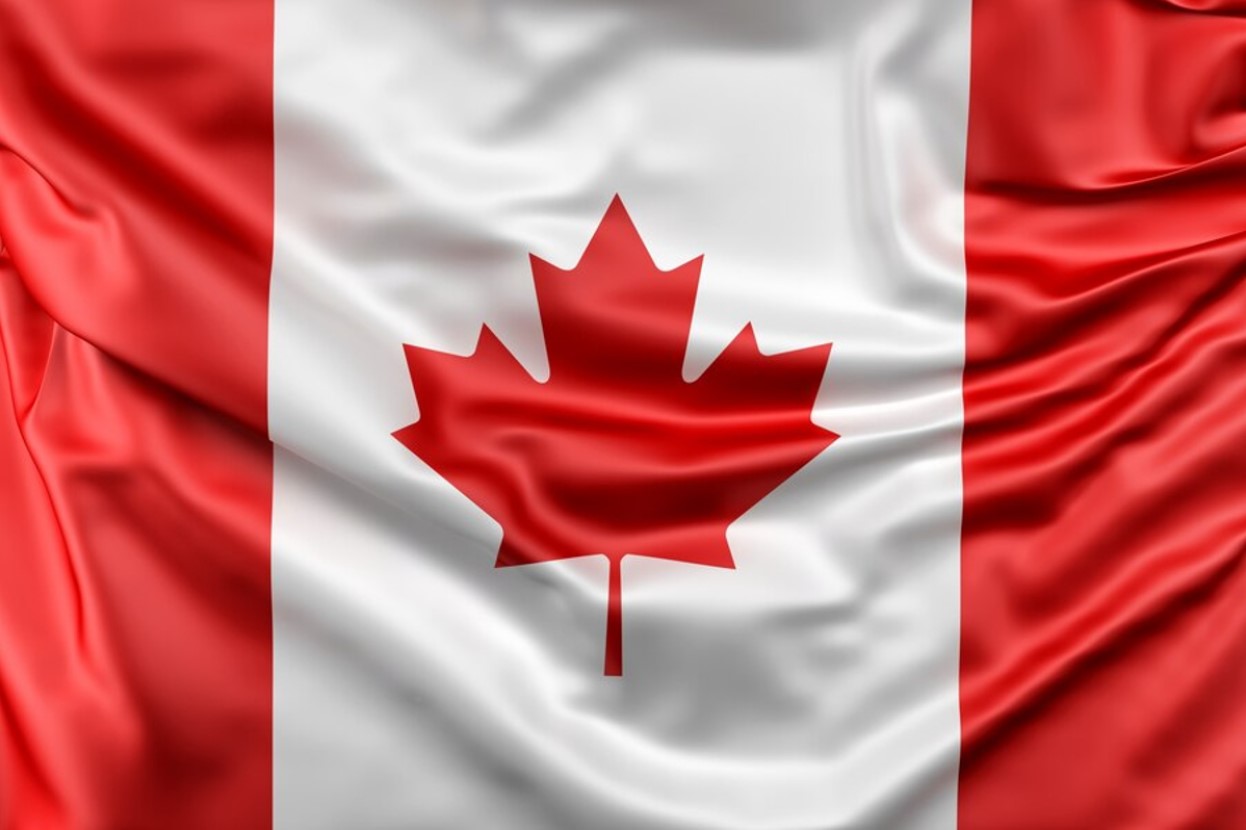
Source: Freepik
15. Religious conversion was an important aspect of colonization; the Spanish settlers were largely Catholic, and the majority of the English were…
- A) Puritans
- B) Presbytrians
- C) Catholics
- D) Agnostics
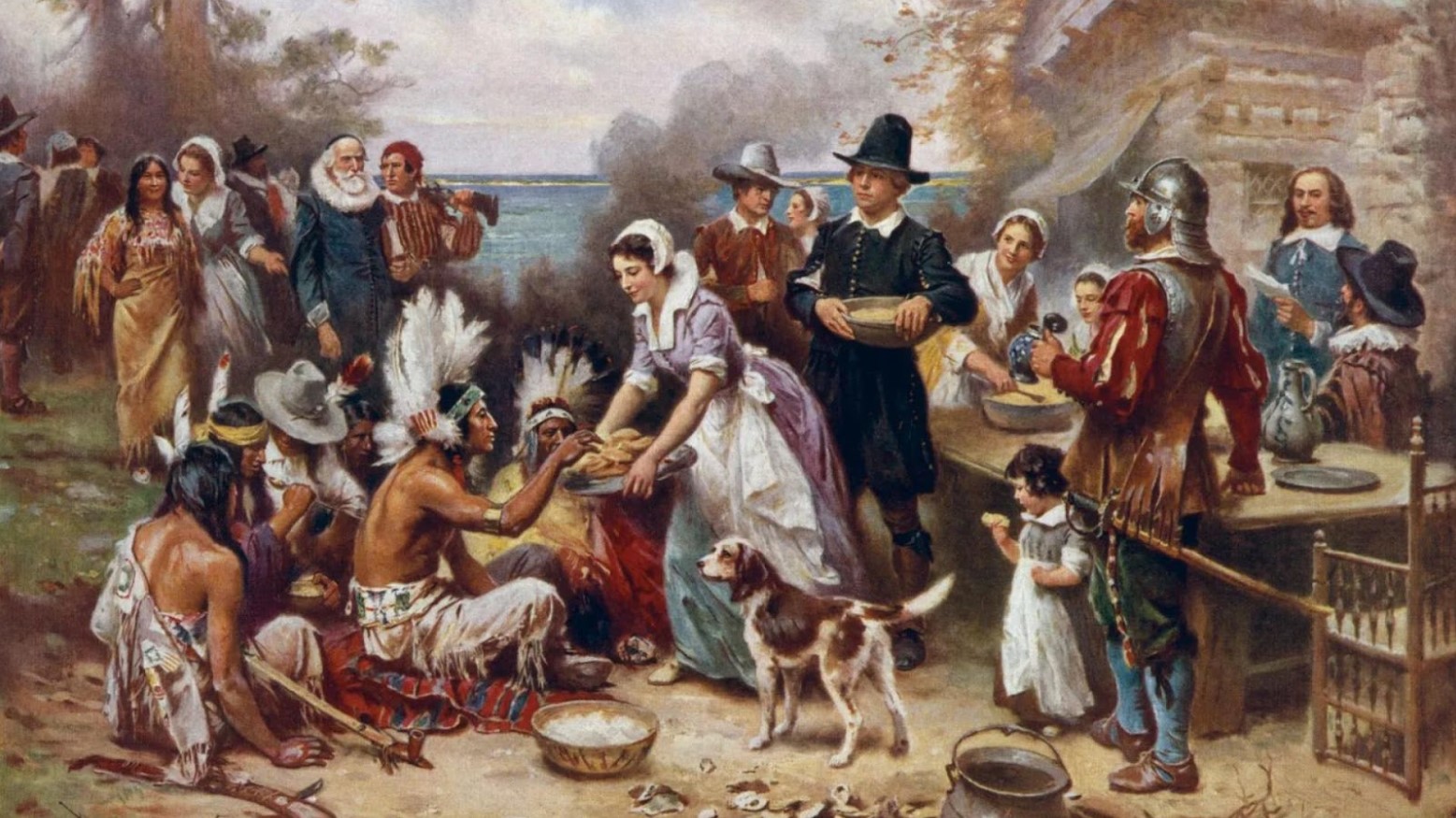
Source: Britannica
Answer:
Puritans
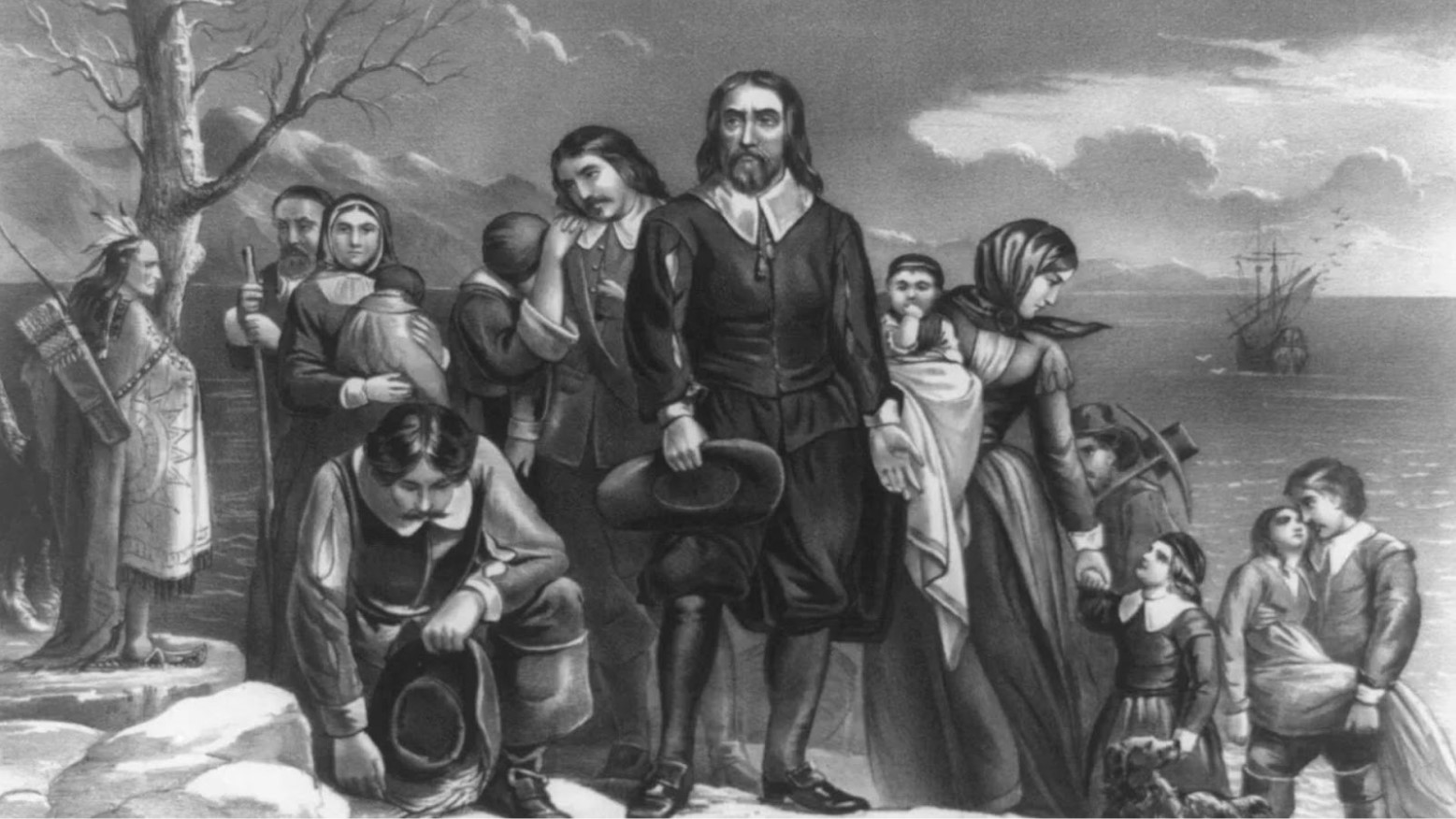
Source: Britannica
